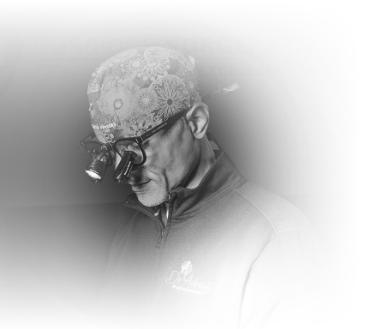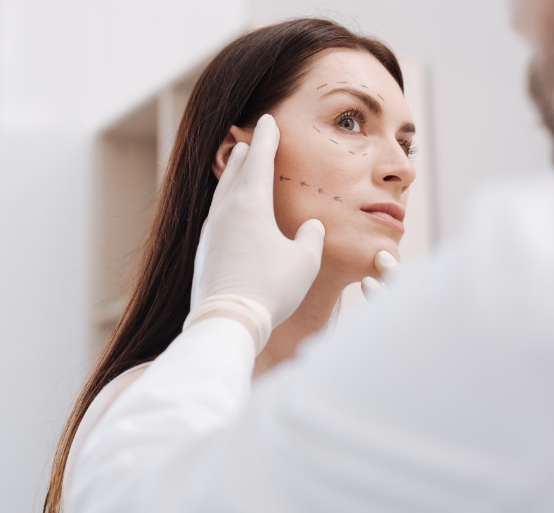There may be no literal fountain of youth, but with a facelift at Dr. Andrews Plastic Surgery, you can look years younger. Whether you’re struggling with deep creases and wrinkles, sagging skin, or excess skin, a facelift can make you look as young and vibrant as you feel. Treat yourself to a younger-looking appearance with Dr. Andrews today.
What is a Facelift?
A facelift, or rhytidectomy, is a cosmetic procedure that can improve visible signs of aging in the face and neck. It can address sagging skin, fine lines and wrinkles, and volume loss.Who is a Good Candidate for a Facelift?
How a facelift is done and the issues addressed can differ wildly from person to person, but there are some qualifications that make someone a good candidate for the procedure, including:
- Being in good overall health
- Having no medical conditions that could interfere with the healing process
- Nonsmokers
- Having realistic expectation
- Visible signs of aging on the skin
- Good skin elasticity

DR. KAHLIL ANDREWS
Dr. Kahlil Andrews is a board-certified plastic surgeon from Los Angeles specializing in plastic, cosmetic and reconstructive surgery.
At his location in Coralville, Iowa, Dr. Andrews’ academic and technical achievements are only exceeded by his commitment to patient care. Whether they are seeking reconstructive breast surgery, outpatient injectable treatment, or a full-blown mommy makeover, Dr. Andrews gives his full attention and focus on achieving excellent patient outcomes.
MEET DR. ANDREWSTestimonials
“
CRISALIX 3D IMAGING
One of the hardest parts of getting cosmetic surgery is knowing what you’ll look like after the procedure is done. Dr. Andrews can describe the procedure and the results perfectly, but being unable to see it can make some patients apprehensive. With the Crisalix 3D Imaging software, you can actually see a visualization of your “after” pictures.
At Dr. Andrews Plastic Surgery, we are proud to offer the Crisalix 3D imaging technology. This game-changing tool allows you to see your “after” before you ever schedule your procedure.
Learn MoreThe Facelift Procedure
The facelift procedure will begin with anesthesia being administered. General anesthesia or IV sedation are typically used. Once that sets in, an incision will be made along the hairline and around the ear.
Tissues and fat may be removed or repositioned, and the deeper tissue layers and muscles will also be lifted and re-placed. The skin will then be redraped over the new contours, and the incisions will be closed using sutures.
In total, a facelift can take anywhere from three to six hours, but it may take longer if other cosmetic procedures, like a neck lift, are done at the same time.
Recovery
As you start recovery, Dr. Andrews will provide you with instructions on how to care for your incisions, what to avoid, and how to deal with any discomfort you may experience. You’ll also set up a follow-up appointment.
As you heal, you won’t have to worry about any incision lines or scars. They will be hidden in your hairline and the natural contours of your face. You may notice some swelling and bruising, but that will diminish as you recover. Your incisions will be covered with bandages to help minimize swelling and bruising.
You may see some results immediately, but most show up once the swelling goes down. It will take about a month to see the final results, and these results typically last about ten years.
A facelift may not be able to stop the natural aging process, but it can certainly turn back the clock.
Schedule A Consultation
Ready to look years younger than you are? A facelift can address a number of visible signs of aging, and with Dr. Andrews’ expertise, you are guaranteed to love the final results.
To start your journey to a more youthful appearance today, schedule a consultation. Call our Coralville, IA office at (319) 800-6877 or use our online contact form.










